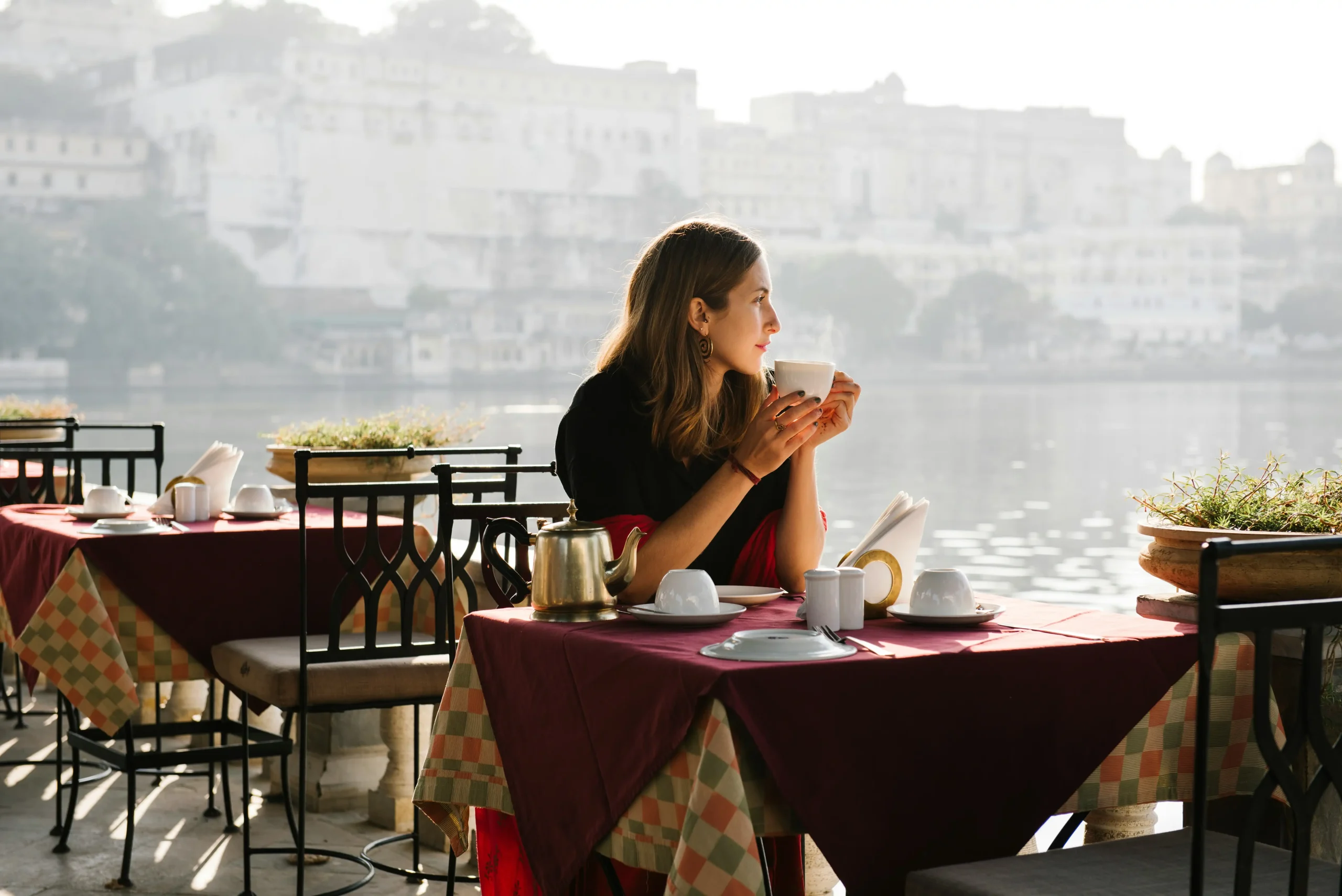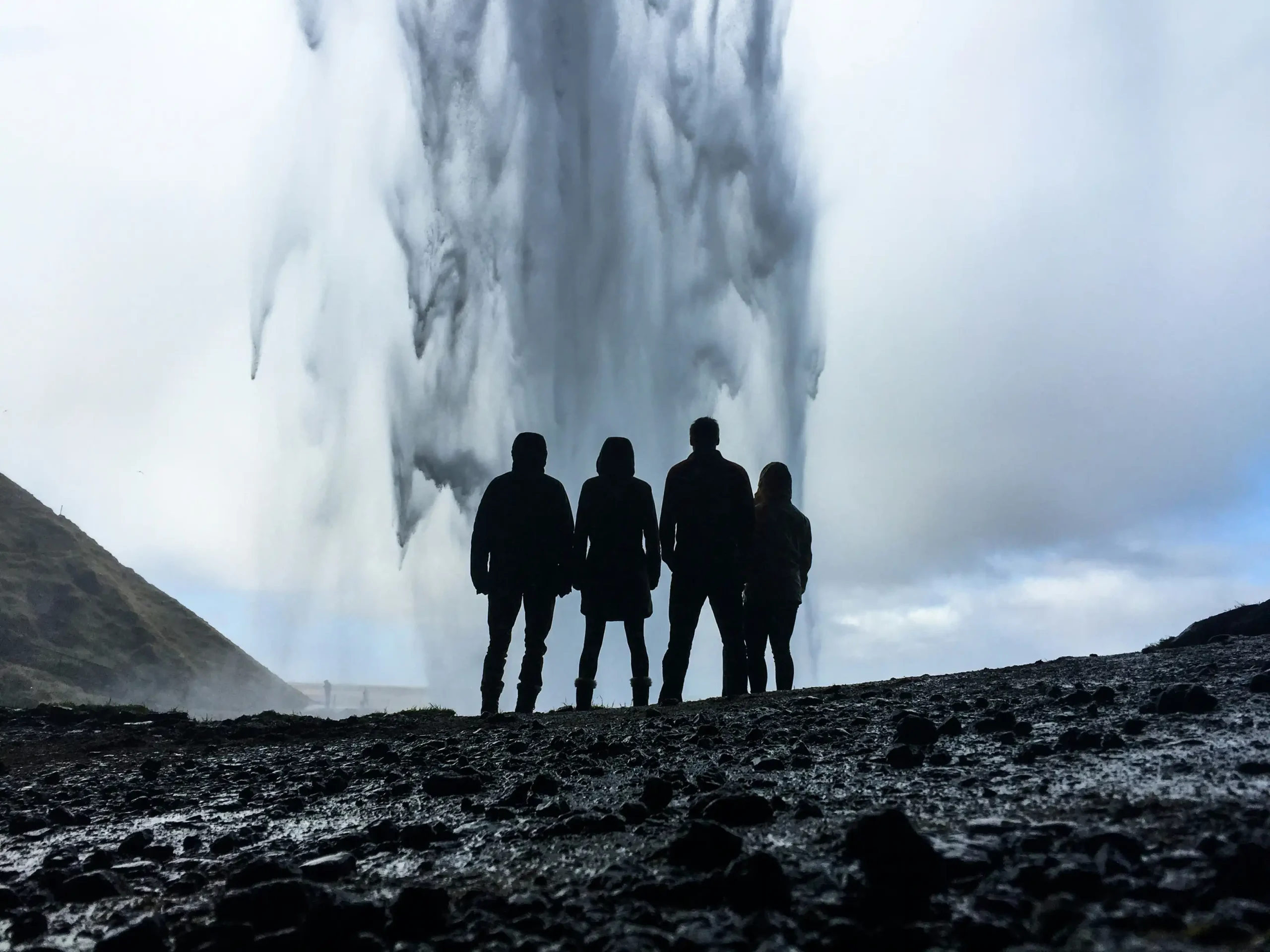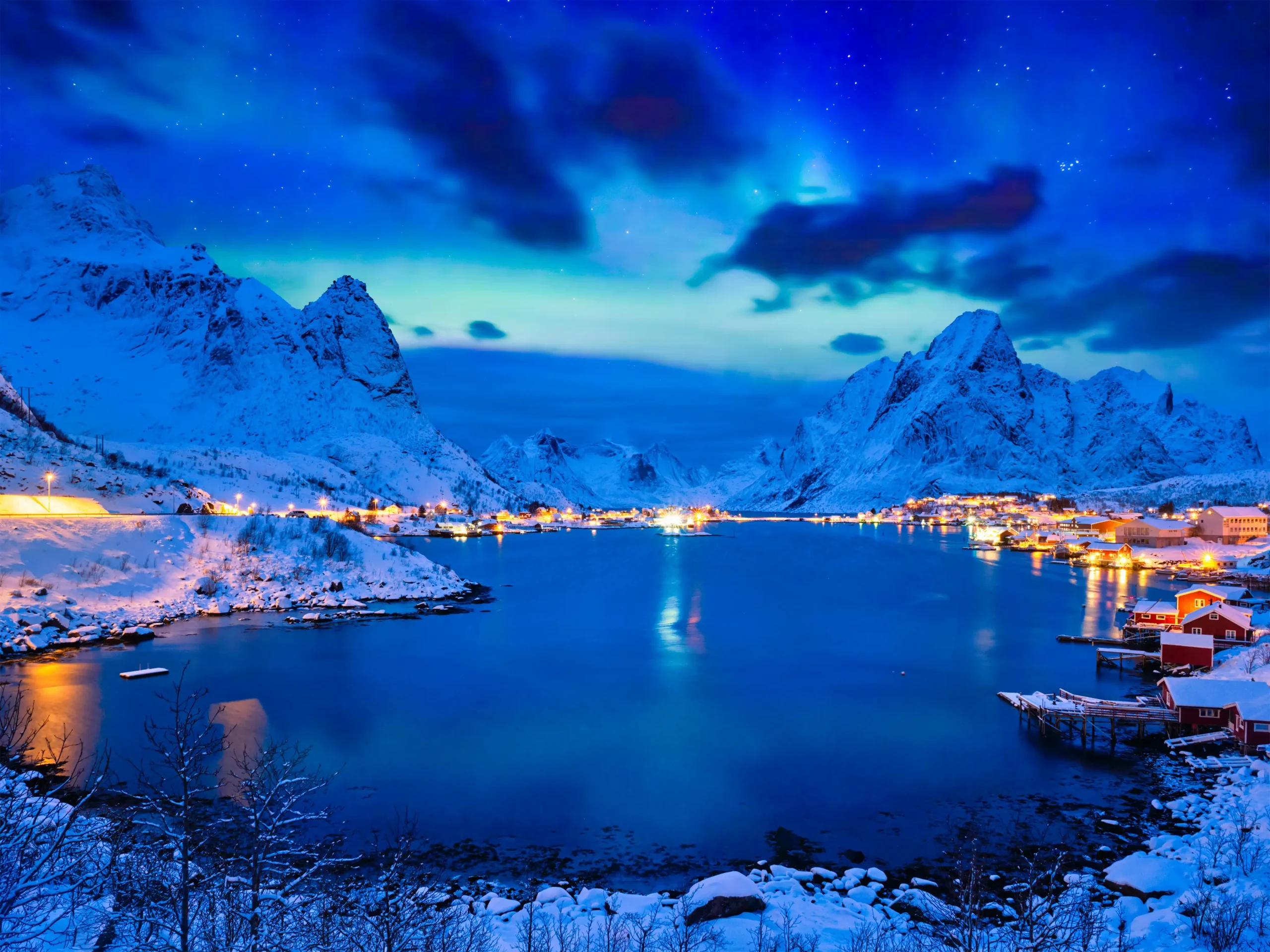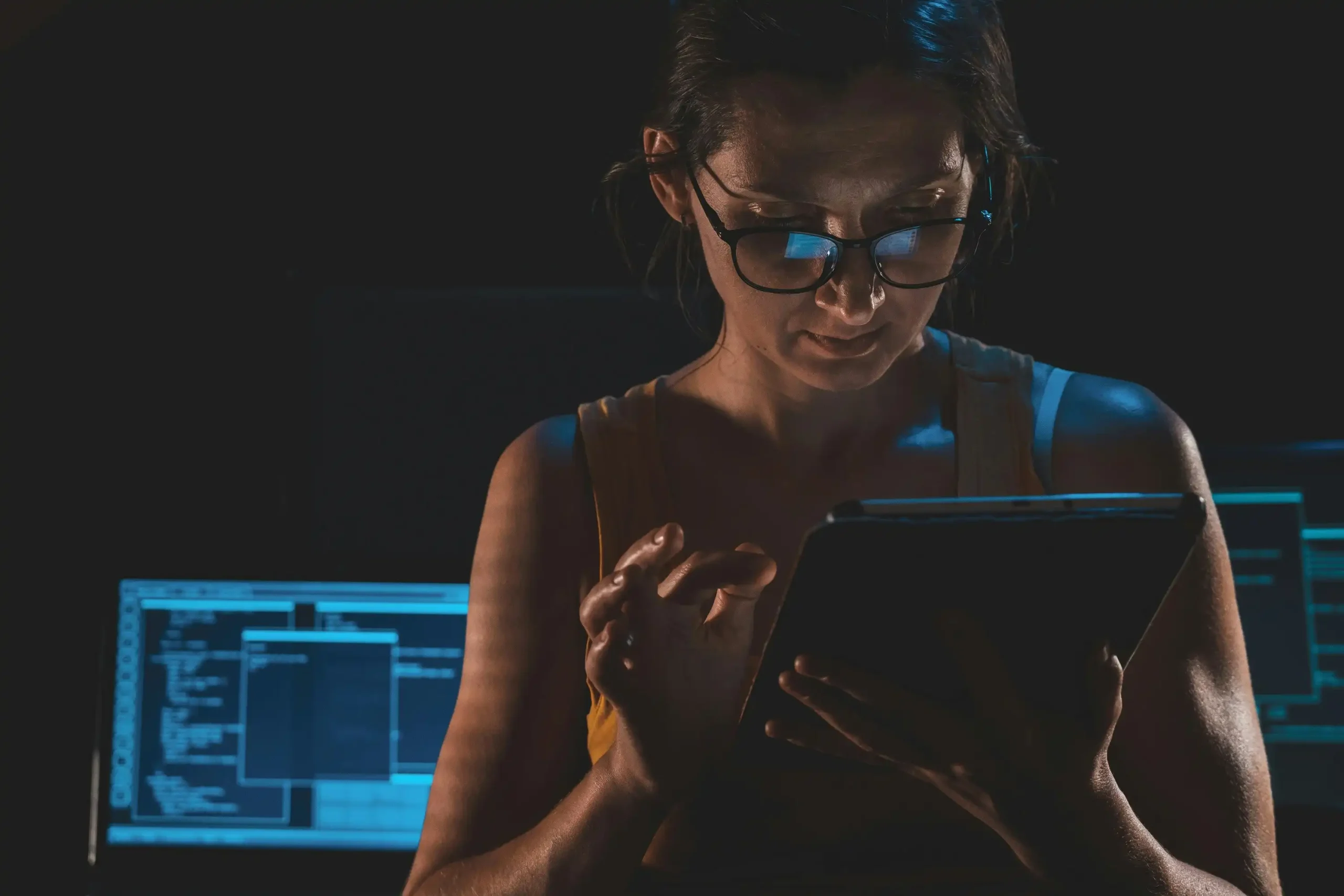Justyna Bajgrowicz-Biegun is a passionate photographer. He has been doing this for more than 20 years. In addition, he is a clinical nutritionist. In her work she wants to help, support and motivate Patients. The exact same values can be seen in her photos. She portrays female portraits with great dedication. He is able to capture depth and emotion “(…)in my photography, emotions are in the foreground”. Her calendar is bursting at the seams. He tells us where he gets his inspiration from and where he sees himself in another 10 years.
Looking through your portfolio, it looks like you specialize in photographing women. You can say that this is your domain.
It’s hard to say what my specialty is. In retrospect, and I have been photographing for more than 10 years, I admit that I have touched almost every field of photography. Starting from the micro scale, i.e. worms, pebbles or flowers through sports, still life and landscape photography to wedding and advertising photography. At first I was very shy about photographing people. At the time, I still didn’t know why. Today I realized that in order to photograph people, you have to open up to them, and it necessarily has to work both ways. Another ingredient of a good photo is the “chemistry” between photographer and model. I used to not be ready for this, but now it’s different, so I get a lot of pleasure from photographing people, especially women.
Do you remember your first session that you realized?
That was about eight years ago. I photographed designer Barbara Koczur’s denim collection. The session was in the atmosphere of sand and stones. I remember it very fondly. Even then I felt that this kind of photography would be close to me. The model who posed for the photos was not professionally involved, but her beauty was unique, intriguing. I remember that we arranged for an additional session, which came out really great. Although there are a lot of technical shortcomings in it, I am very happy to return to these photos.
Photography is like storytelling with images. What kind of stories can be found with you? How would you define your style?
It is difficult to judge myself… I meet with opinions that on the one hand my photographs are simple, subtle and delicate, but they also represent intangible experiences, stories, secrets. Such feedback makes me very happy, because emotions in photos play the first fiddle for me. It is to these that the recipient can add different stories. Often each viewer sees a different story in the same photo, but nevertheless the emotions are similar.
A set is most often a staging where a certain image is created. Is it possible to find “truth” in the model in front of the lens under such conditions?
In the words of my photography teacher, Jakub Byrczek, founder of the School of Vision: “Whatever we photograph, to the greatest extent we reveal the truth about ourselves.” – I agree with this statement one hundred percent. Even if we make up a story, staging, we still more or less show the “truth” about the person photographed, but as an audience, we must remember that we are looking at the world through the eyes of the photographer – we see its truth.
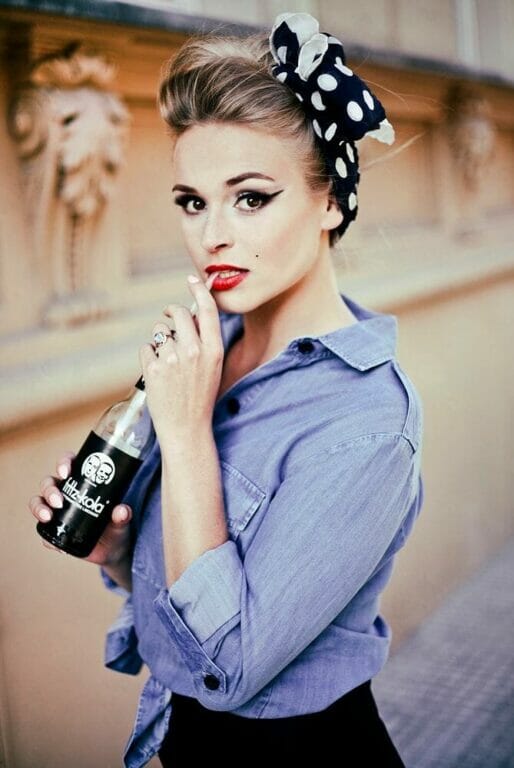
Photographer: Justyna Bajgrowicz-Biegun
Model: Anna Burska
Makeup and hairstyle: Sylwia Jurek
Can a photo shoot act as a treatment, to help with self-acceptance?
I think it is. I myself know models who pose for photos, among other things, precisely to raise their self-esteem or be more accepting of themselves. If it helps them in life and doesn’t turn into extreme self-indulgence, I don’t see anything wrong with it. There were times when models watching the effect got emotional and often couldn’t believe it. After the session, they asked me: “Is it really me?”
How to bring out the beauty in a photo?
I think every photographer has their own way of doing it. For me, several things are important: a well-chosen team that “feels” the sessions. A good rapport between the model and the photographer is not unimportant; the person in front of the lens must not be embarrassed or ashamed. I usually work with already experienced models or models. I also care that a photo featuring a model or a model should not only show external beauty, but… something more. Something that is hard to describe. I would like my photos to say not “Look how beautiful I am”, but more “I am interesting, mysterious, secretive…”. In photography signed with my name, it is the emotions that should be in the foreground.
Where do you get your inspiration and how do you come up with ideas for sessions?
I’m very inspired by movies. I often encounter opinions that my photos show film stills. I don’t recreate specific shots or sets, but I draw ideas from them. Yesterday I watched “Once upon a time in America” once again. I think that in the future this video will be the base for another session. I try, as time permits, to attend photo openings. Then I have the opportunity not only to be inspired by other artists, but also to talk to the cinematographers. Recently, I have been most inspired by meetings led by my fellow photographer Agnieszka Radziwolska. In short, these are magical and amazing evenings where we discuss the profiles and photos of the greatest photography gurus. You can really learn a lot.

Photographer: Justyna Bajgrowicz-Biegun
Model: Dominika Krzemieniecka
Make-up: Monika Kokot
Hairstyle: Anna Morcinek
Which Polish and foreign photographers do you value the most?
Over the past few years, my photographic work has been heavily influenced by the work of Norman Parkinson. He was the one who inspired me to start a series of photos of women in a retro edition. I hope to collect material for an exhibition from the results of this work.
I also greatly appreciate the work of David Bailey and Annie Leibovitz. Vivien Meier, who was a nanny by profession, is also a very interesting artist, not only in terms of the works themselves, but more importantly her resume. She photographed in her spare time, and scrupulously concealed the effects of her work. Her works accidentally saw the light of day after her death. Her story is often compared to Sugar Man. I think it is very important not only to look at the photos of different artists, but to explore their stories. Then I understand why their photos are the way they are.
What do you like most about the work of a fashion photographer, and what is the biggest difficulty when doing a shoot?
I really enjoy organizing sessions. This consists of several stages, including. The search for suitable models, designers, stylists, makeup artists and hairdressers. Usually on my way I meet interesting and open-minded people, together with whom I establish the concept and the final result of the session. It is very important that each of them “feel” the nature of the planned photos – then usually the session is successful. Difficulties in my work are most often due to purely mundane reasons, such as the model’s illness, fortuitous situations, events that make the session stand in question. Another obstacle can also be a barrier between me and the model, resulting from a lack of intimacy, trust building. More often than not, there are many people present at the sessions watching the model’s every move, this can block. In such situations, I try to make at least part of the session a meeting of only me and the model – that’s when the best shots come out.
Fashion photography creates a somewhat idealized world. Is this place only for the beautiful and “new-agey”?
When it comes to fashion photography for the advertising market, unfortunately, it has its own rules. Height and dimensions are important, especially in fashion photography. A model or model does not have to be beautiful at all. Very distinctive faces are in demand, drawing attention, often deviating from the canons of beauty. Protruding ears, freckles, or “boyish” models will find their place here.

Photographer: Justyna Bajgrowicz-Biegun
Model: Pola Bochniak
Make-up: Sabina Chobot
Styling: Patrycja Michalak
Hairstyle: Anna Morcinek
What do you do in your life outside of photography?
The most important thing for me is family. I have a wonderful husband and a 5-year-old son with whom I love to spend time. Together we enjoy rollerblading, biking, hiking in the mountains, but we also happen to laze by the lake. I also do dietetics, work with the Polish Association of People with Celiac Disease and on a Gluten-Free Diet, and organize gluten-free cooking workshops. A combination of photography, cooking and dietetics also gave rise to my culinary blog www.pasjo-natka.pl , to which you are cordially invited.
Where do you see yourself in 10 years?
I have my dreams and plans that I am pursuing. I don’t want to talk about them out loud here so as not to jinx them. I certainly wish that photography still gave me as much joy as it does now, so that I would have the “zest” to keep creating. I would like to meet and surround myself with good, positive people… and enjoy the little things.
I would like to sum up our interview with the words of Susan Sontag: “Photography has today become a pastime almost as common as sex or dancing. This means that, like any mass art form, photography in the hands of most people is not art at all.” How do you feel as a photographer, living in a time when every image can be created on a computer, in the era of virtual reality and the much-hyped “selfie.” Photography today is losing its credibility….
Indeed, in photography, a lot has changed in recent years. It’s hard to define today who is a photographer and who is not. A camera is in basically every home, people take pictures at every opportunity, there is no subject that has not already been photographed. Has the photograph lost its credibility? I think not. As long as the pictures are taken by people, we will be able to find emotions in them. I consider light, framing and all the rest to be secondary issues. It has definitely become a problem to “find” good photos, in all this clutter.
